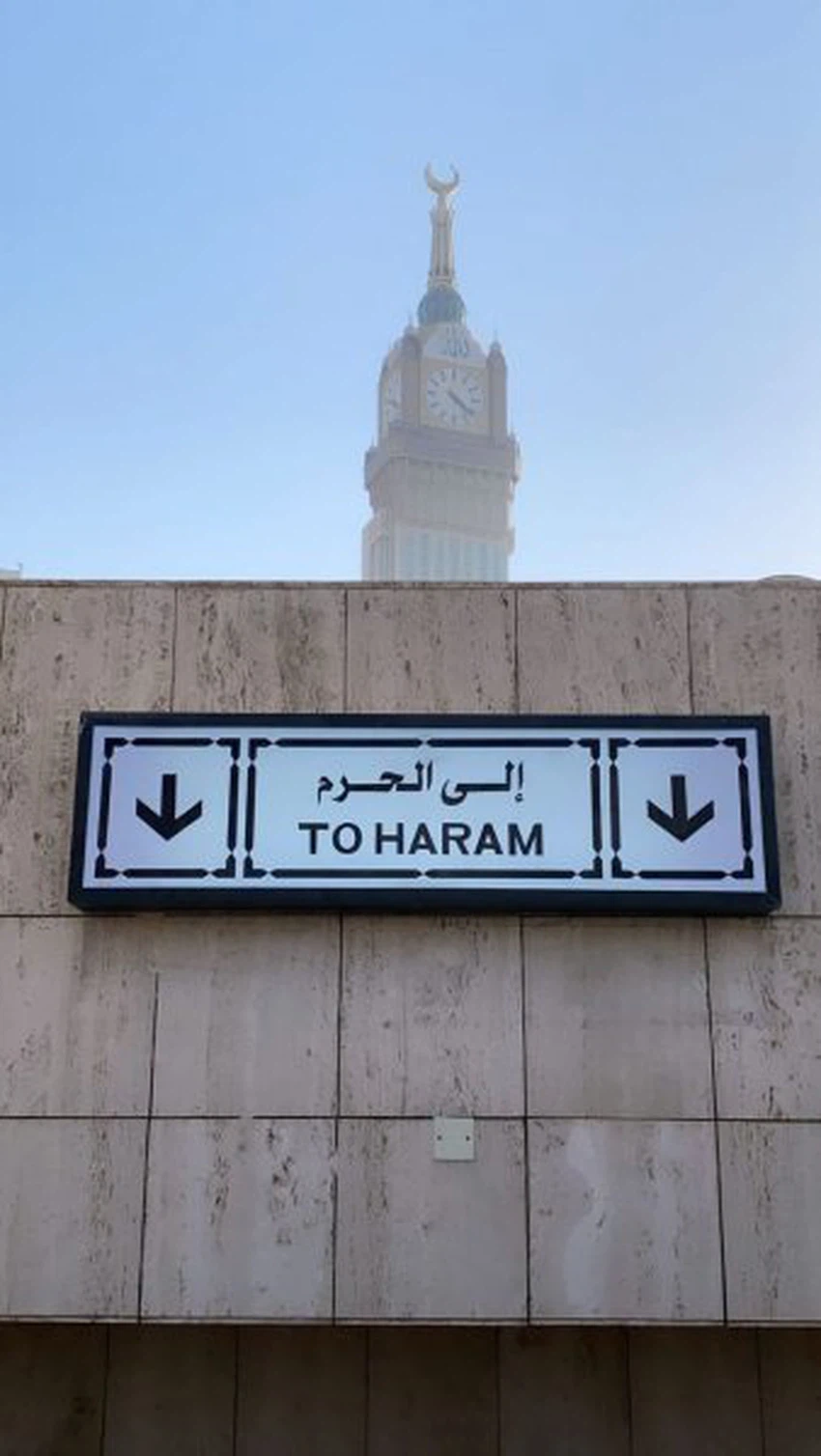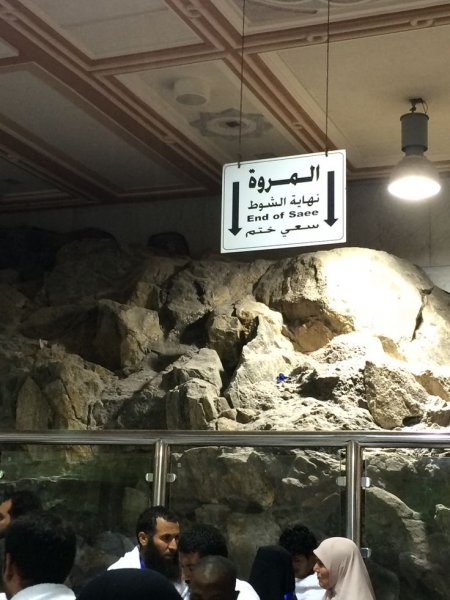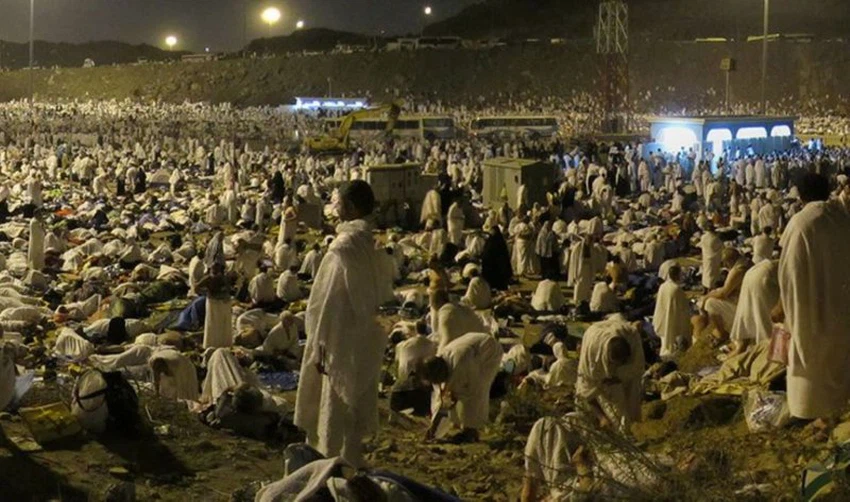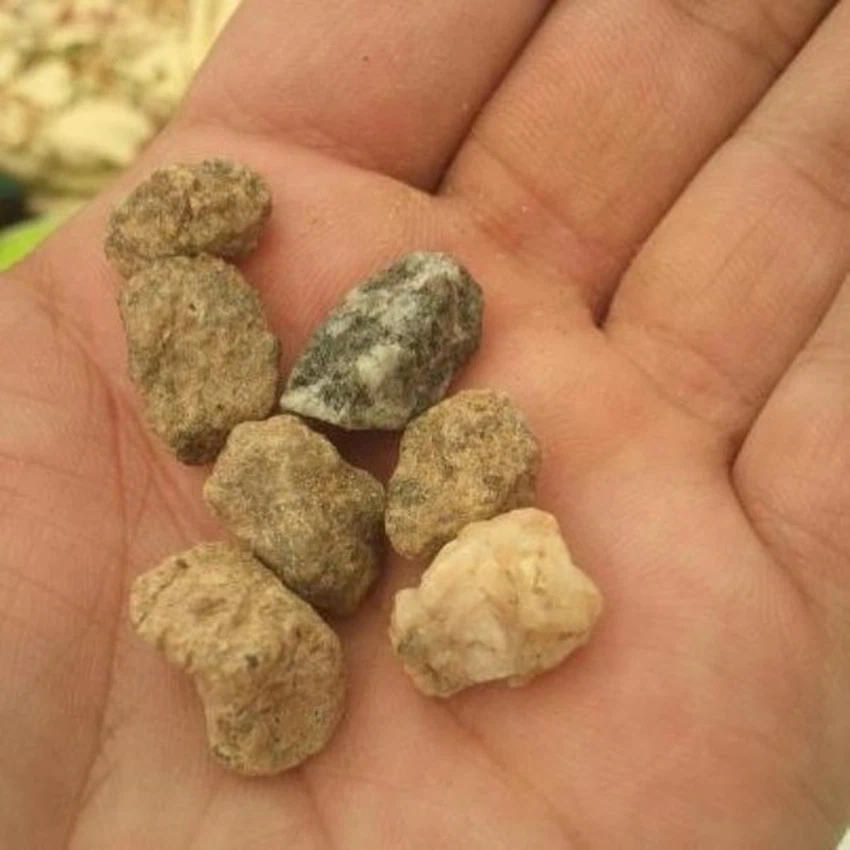With the beginning of the month of Dhu al-Hijjah... learn about the rituals of Hajj in order
Weather of Arabia - With the advent of the blessed month of Dhu al-Hijjah, the eyes of Muslims all over the world turn to Mecca to perform the Hajj , the fifth pillar of Islam.
Hajj is a great journey of faith, and whether you are one of those preparing to perform this obligation for the first time, or one of those wishing to know the details of this spiritual journey, this article provides you with a comprehensive explanation of the rituals of Hajj in order, so that you are fully aware of everything you need on your journey to the House of God. forbidden.
See also:
The Hajj season falls in the spring this year, so when will he bid farewell to it in the winter?
Hajj rituals in order
Below is an explanation of the actions and rituals of Hajj , and an explanation of the ruling on each ritual, as it varies among the pillars and duties:
Ihram
Ihram is the intention to enter into the rituals of Hajj in the heart of the pilgrim, while remembering the intention for that, and Ihram is called by this name. Because the pilgrim is forbidden from doing some of the things that were permissible for him as soon as he engages in it, and there are many opinions of the jurists regarding the ruling on the Talbiyah when entering ihram, whether it is desirable or obligatory, but what is known among the majority of scholars is that it is desirable.
Tawaf of arrival
The Tawaf of Arrivals is one of the Sunnahs of Hajj according to the majority, and it is also known as the Tawaf of Roses, the Tawaf of the Incoming, and the Tawaf of Greetings, as it is prescribed for those coming from outside Mecca, and the Tawaf begins with the pilgrim entering Mecca, and continues until he stops at Arafat.

Pursuit
Sa'y between Safa and Marwah is one of the pillars of Hajj according to the Malikis, Shafi'is, and Hanbalis, and Sunnah according to the Hanafi school. It is required to complete seven rounds, and the sa'y begins from Safa towards Marwah, where the pilgrim rushes between the two green pillars.
See also:


Perfusion day
The Day of Tarwiyah falls on the eighth day of Dhul-Hijjah, and it is recommended for the pilgrim to go to Mina, where he will pray five prayers (noon, afternoon, sunset, isha, dawn), then spend the night in Mina on the night of Arafat, and continue to walk to Arafat after sunrise.
Standing at Arafat
Standing at Arafat is an essential pillar of the Hajj, according to the agreement of the four imams. The Hajj is not valid without it. Standing at Arafat begins on the ninth day of Dhul-Hijjah, and continues until dawn on the Day of Sacrifice.
- Time: It starts from noon on the Day of Arafat, until dawn on the Day of Sacrifice.
- Location: Standing on the land of Arafat.
Sunnahs for standing in Arafat:
- Washing.
- Arafat's sermon after noon.
- Combining the noon and afternoon prayers at noon time.
- Hurry to stand up after noon and afternoon prayers.
- Breaking fast from Arafat after sunset.
- Increase in worship, remembrance, and supplication.
Date of the Day of Arafah:
How long until Arafat Day 2024?

Overnight stay in Muzdalifah
Muzdalifah is the area located between the two places of Arafat, which is the road between the two mountains, and near Muhassir to the right and left. It is located halfway between Arafat and Mina, and it is recommended for the pilgrim to walk to Muzdalifah with dignity and tranquility.
The majority of jurists permit delaying the Maghrib and Isha prayers so that the pilgrim can perform them in Muzdalifah and spend the night in Muzdalifah. There are two opinions:
- The first is that Hajj is valid if one does not spend the night, provided that the sacrificial animal must be slaughtered.
- The second is that the overnight stay takes place in the presence of the second half of the night.

Throwing at Jamarat al-Aqaba
Jamrat al-Aqaba, or the Great Jamrat, is located at the end of Mina towards Mecca, and it is obligatory according to the agreement of the jurists. Seven pebbles are thrown with the takbir at each pebble. The throwing begins from the direction of Mecca and is done with the pilgrim’s right hand, with the hand raised until the white of the armpit is seen.
The enlargement form can be formulated in any form, but the selected forms include:
“In the name of God, and God is the Greatest, in spite of Satan and in satisfaction with the Most Gracious, O God, make it an accepted Hajj, a thanked effort, and a forgiven sin.”

Slaughtering the sacrificial animal
The sacrificial animal may be voluntary, tamattu’, qiran, or to make up for a shortcoming, and it is slaughtered according to the reason. The voluntary sacrificial animal can be slaughtered before the Day of Sacrifice, but it is preferable on the days of sacrifice. The sacrificial animal of tamattu’ and qiran is slaughtered on the three days of sacrifice, according to the majority of jurists.
Decommissioning from ihram
There are two types of exit from ihram: minor and major exit
- Minor decomposition is achieved by stoning Jamrat al-Aqaba and shaving or cutting the hair.
- The greater decomposition, and with this decomposition, all forbidden things during ihram are permissible without exception
Tawaf Al-Ifadah
Tawaf al-Ifadah, also called Tawaf al-Ziyarah, is one of the pillars of Hajj. It is circumambulated seven times, and begins at dawn on the Day of Sacrifice according to the Hanafi school of thought. It differs according to other schools of thought, and its conditions include purity, covering the private parts, and continuity between the rounds.

Throwing pebbles
Throwing the three Jamarat (the first, the middle, and the Aqaba) is obligatory, and the stoning begins after noon on the days of Tashreeq and extends according to the jurisprudential school of thought.
Farewell Tawaf
It is known as Tawaf al-Sadr, and it is obligatory for the people of the horizons, but not for the people of Mecca, and it is required to be pure from menstruation and postpartum.

Summary of Hajj rituals
The Hajj rituals begin with Ihram, followed by Sa’i, then standing at Arafat, spending the night in Muzdalifah, throwing Jamarat al-Aqaba, exiting Ihram, Tawaf al-Ifadhah, throwing stones at Jamarat, and Tawaf al-Farewell. The pilgrim must adhere to the order of these rituals, and not change their order to ensure the validity of the Hajj.
See also:
How long until Eid al-Adha 2024 in the Arab countries? Countdown days
The date of Eid al-Adha 2024. Learn about the countries that agree and disagree about setting it
Sources:
Arabia Weather App
Download the app to receive weather notifications and more..



